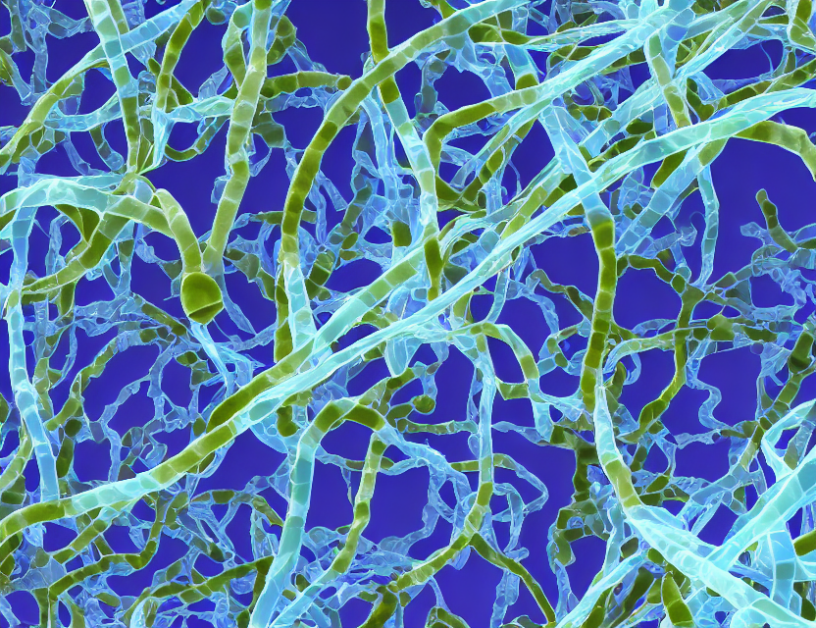As scientists, we are constantly seeking new ways to understand and study complex biological systems like membrane proteins. In this article, we explore how a relatively new technique called small-angle X-ray scattering (SAXS) is helping us unlock the secrets of these critical proteins.
SAXS is a powerful tool that allows researchers to study the structure of molecules in solution. By analyzing the scattered X-rays, scientists can determine the size and shape of particles in a solution, including membrane proteins. This technique has been instrumental in helping us understand how these proteins function, both individually and as part of larger biological systems.
One of the key benefits of SAXS is its ability to provide detailed information about protein structure without disturbing the delicate balance of the molecules under study. Unlike other techniques that require the use of crystallized samples or high-resolution imaging methods, SAXS can be used on proteins in their natural, unfolded state. This makes it an ideal tool for studying membrane proteins, which are notoriously difficult to crystallize and often require high-resolution imaging techniques to study.
By using SAXS to analyze the structure of membrane proteins, scientists can gain valuable insights into how these proteins function. For example, researchers have used SAXS to determine the size and shape of individual transmembrane proteins, which is crucial for understanding their role in cellular transport and communication. This information can then be used to develop new drugs that target specific protein functions, leading to more effective treatments for a range of diseases.
But SAXS is not just useful for studying individual proteins; it also provides valuable insights into how these proteins interact with one another and with their surroundings. By analyzing the patterns of X-ray scattering, researchers can identify areas where proteins are interacting or forming complexes, providing a detailed picture of the molecular interactions that underlie cellular function.
So why is this technique so important? In short, SAXS is helping us understand the fundamental building blocks of life. By studying the structure and function of membrane proteins, we can develop new treatments for a range of diseases and improve our understanding of how cells work at a molecular level. This knowledge has the potential to revolutionize the field of medicine and could lead to breakthroughs in everything from drug development to personalized medicine.
In conclusion, SAXS is a powerful tool that is helping us unlock the secrets of membrane proteins. By providing detailed information about protein structure without disturbing the delicate balance of the molecules under study, this technique is opening up new avenues for research and paving the way for breakthroughs in medicine. As scientists continue to push the boundaries of what is possible with SAXS, we can expect even more exciting discoveries in the years ahead.
Researchers uncover novel insights into protein structure and function through SAXS analysis of N42 variants



